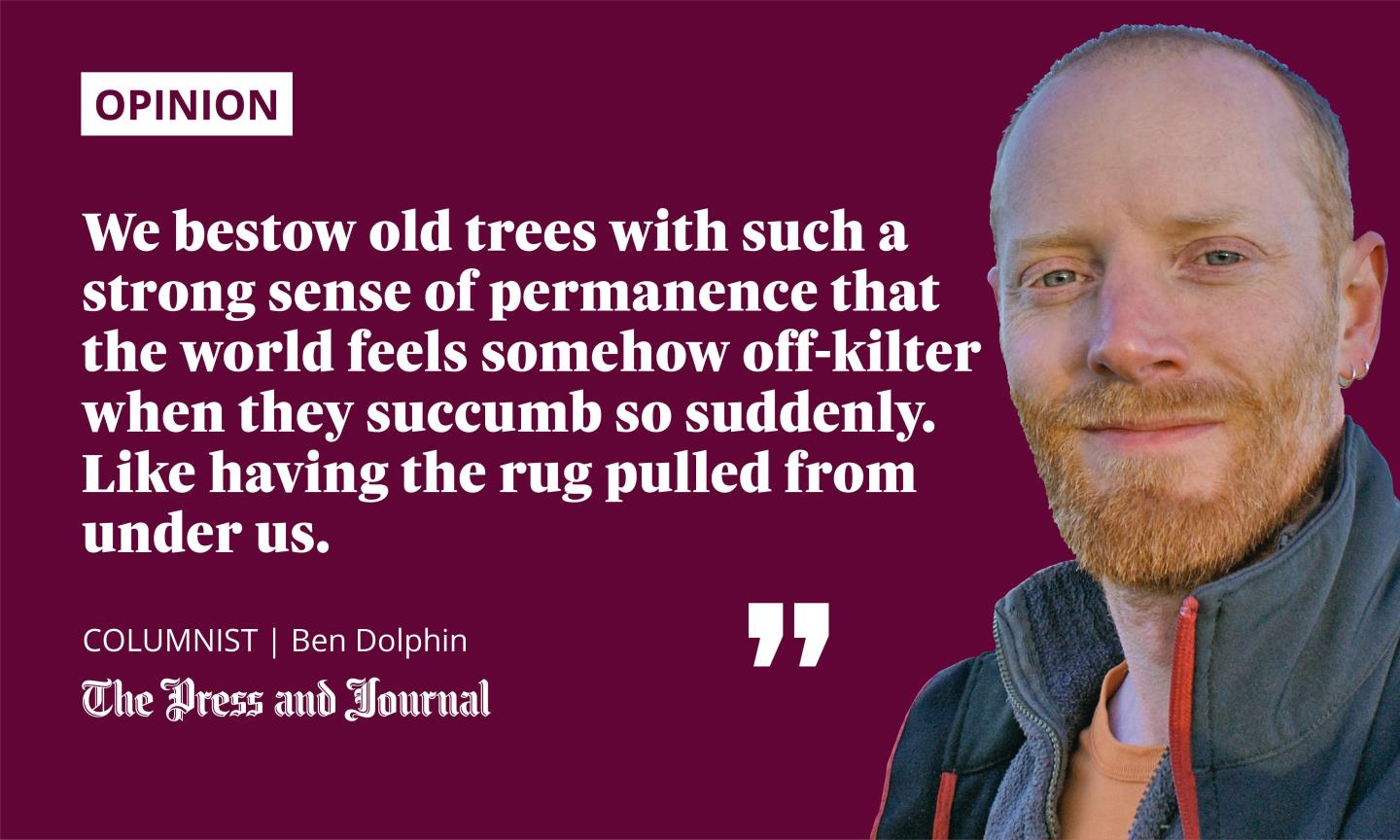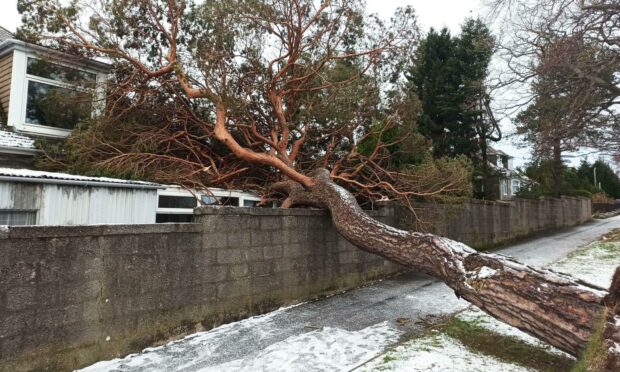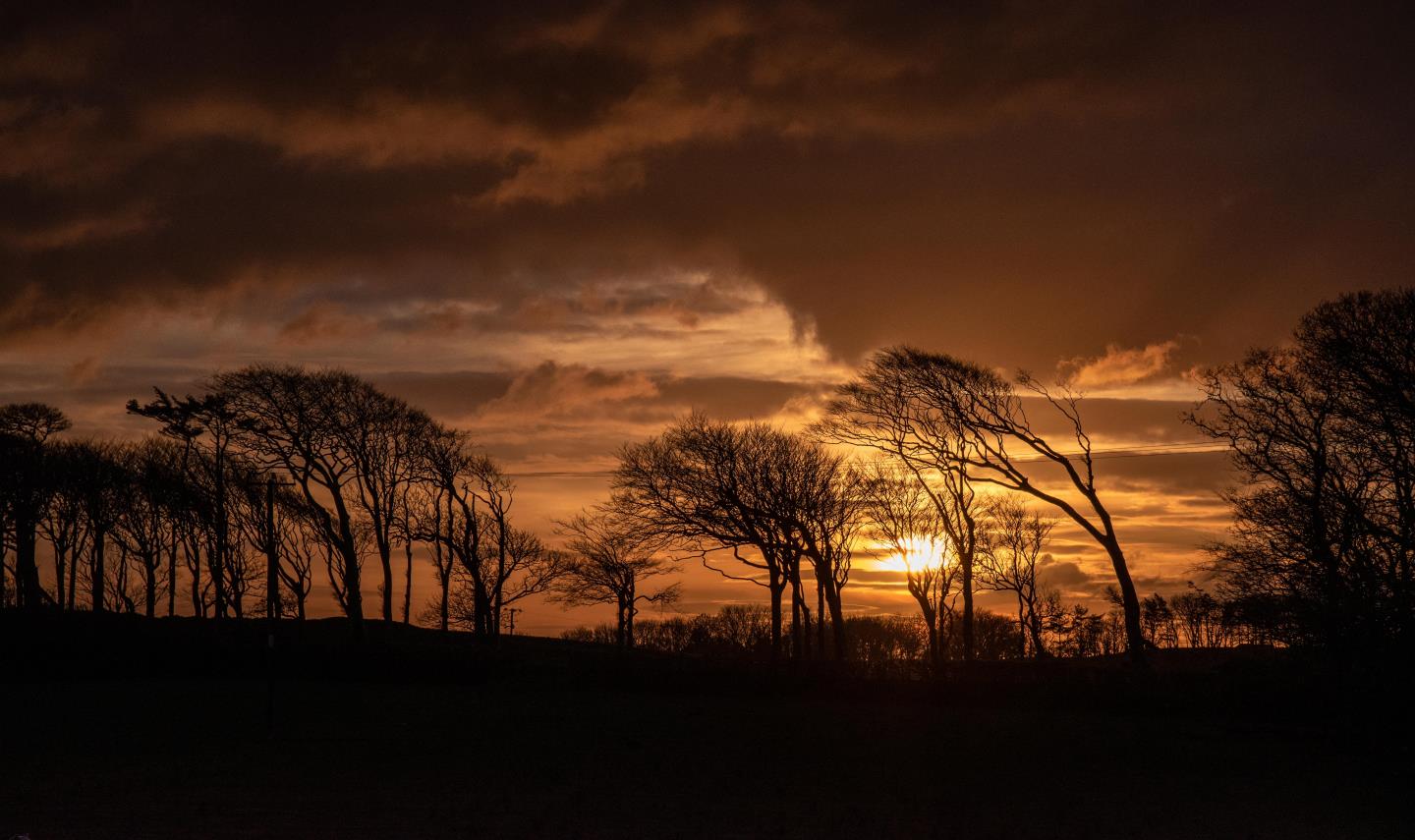Seeing familiar landscapes change abruptly can be a distressing and disorientating experience, as I recently found out whilst driving around Angus and Aberdeenshire.
Nowhere seems to have got off lightly. Snapped or fallen trees are everywhere – some small but most big, many still resting on buildings three weeks after Storm Arwen – an indication of how difficult it can be for the average homeowner to clear up after storms of this magnitude.
Hitherto unseen roadside vistas have opened up, giving views up estate boulevards stripped of their century-old spruces, firs and beeches. Rivers are jammed by fallen trunks and, in the most extreme cases – such as at Airlie Monument in Angus – entire forests have been decimated.

But destruction doesn’t have to be on a large scale to be acutely felt. Many folk will have simply found that a favourite or familiar old tree is gone, which can’t help but leave a gaping hole in their daily lives.
We venerate such trees on account of their longevity, their steadfastness, their reassuring presence and protection. We bestow them with such a strong sense of permanence that the world feels somehow off-kilter when they succumb so suddenly. Like having the rug pulled from under us.
‘The wrong kind of wind’
Loss on this scale is visceral. There’s so much change all at once that you can’t quite take it in, and it’s all because of “the wrong kind of wind”. Hmm, the energy sector really should have read the room better before chipping in with that one, given the dissatisfaction with the speed of the emergency response, but it’s sort of true.
We’re all familiar with the way that trees in exposed places grow sideways away from the wind, streamlining themselves to withstand the onslaught. But physical responses to such conditions occur below ground as well as above.
The swaying motion of a tree stimulates thicker root growth. Depending on the species and degree of exposure to the prevailing wind, this growth might be on the leeward side or the windward side of the tree, acting as a buttress or an anchor, respectively. With each passing year, with each passing storm, the tree toughens up and becomes better acclimatised to the prevailing conditions.
But, when the prevailing storm direction is reversed, regardless of whether the tree relies on buttresses or anchors, it is vulnerable.
Should we have better infrastructure, just in case?
We get strong winds from every direction in Scotland, of course, but it’s very unusual to get such strong winds from the north-east. Arwen’s north-easterly gale met trees that had spent most of their lifetimes bracing themselves against a south-west wind. Widespread destruction was inevitable.
Understandably, there is unhappiness that our infrastructure isn’t better equipped to cope with this, but one has to wonder how realistic that is.
Take snow, for instance. We could, if we so desired, equip the country with Scandinavian-style snow clearance equipment and ensure we’d be ready for anything.
But, while we may – eventually – get a Scandinavian-style snow event, during which our unused and dusty equipment would doubtless come in handy, given our depressing tendency to err on the sleetier side of things, it just wouldn’t be financially viable to maintain that level of preparedness for something that happens once every 30 years.
So, we have Scottish-style snow clearance equipment for Scottish-style snowfall. It will be adequate most of the time, save for one or two winters when something extreme happens, and we all feel like we’ve been caught out.
As we repair, we reinforce
With the best will in the world, therefore, I’m not sure we could ever future-proof our infrastructure for severe gales from every conceivable wind direction. Not least because we could never fully anticipate precisely what parts of the network would fail and why.
There’s nothing that can be done about the nature and severity of storms like this, and they will always bring surprises and unforeseen consequences
I’m guessing that reactive maintenance of power lines mostly finds itself focusing on the parts of the network that fail when trees or poles topple in south-west gales. In so doing, the network inevitably evolves to become stronger where it faces the greatest threat – the south-west. The parts exposed to the north-east rarely get seriously tested and so are naturally weaker when something seriously bad comes along.
There’s nothing that can be done about the nature and severity of storms like this, and they will always bring surprises and unforeseen consequences. But, hopefully, if nothing else, Storm Arwen’s legacy will be repair and reinforcement of the traditionally weaker aspects of the network, leaving it better able to withstand similar conditions next time.
Because you can at least be sure of one thing: there will be a next time, eventually.
Ben Dolphin is an outdoors enthusiast, countryside ranger and former president of Ramblers Scotland


